Share
Life Beyond Photography
A deep passion for photography is only part of what it takes to succeed as a full-time photographer. Fewer staff positions combined with static or ...
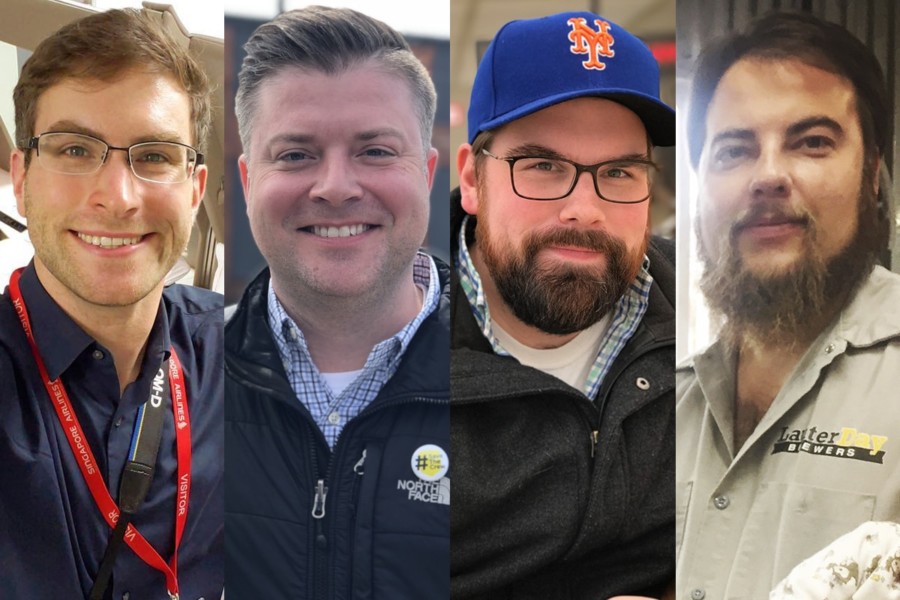
A deep passion for photography is only part of what it takes to succeed as a full-time photographer. Fewer staff positions combined with static or declining rates has led many photographers and photo editors to exit the profession in the past few years. But change isn’t always negative. The following individuals found renewed purpose carving out careers that, in many cases, have little do with making pictures. We’re inspired by the possibilities.
Zach Honig
Editor-at-large, The Points Guy
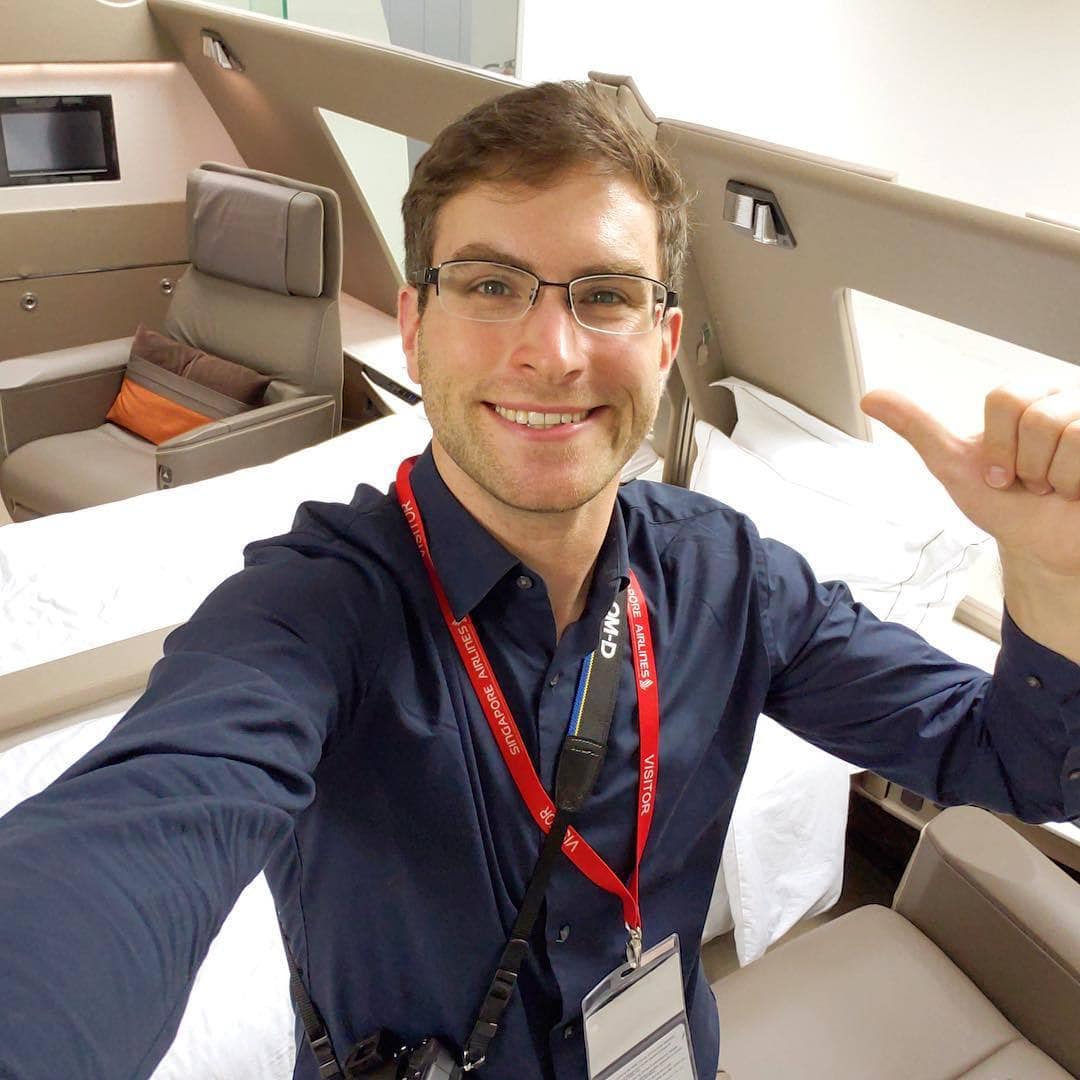
While working towards a career in journalism at the University of Missouri, Zach Honig joined the student newspaper as a photographer and covered a variety of campus sports and news. With a strong interest in sports, he joined SportsShooter and met “some amazing folks” and attended a number of practical workshops.
“As I was approaching my junior year, I realized that very few classmates had landed full-time photography gigs out of school — Chris Detrick is the one that always comes to mind, and he’s still at the Salt Lake Tribune (ed. note: See last profile). A rare photojournalist success story.” Honig says Detrick was far more talented than him, so he started looking around at alternative careers that could parlay his interests.
An internship at PopPhoto during his junior year turned into a regular gig during his senior year. Honig next covered the Beijing Olympics for the Olympic News Service (ONS). From there, he landed an editor gig at PC Magazine, which led to the technology blog Engadget, where he was responsible for the live coverage at trade shows and product launches. The opportunity to travel for work satisfied his personal desire to see the world, and when the Editor-in-Chief position at the travel blog ThePointsGuy opened up, Honig “didn’t hesitate to make the move.”
Honig succeeded, in part, because he kept an open mind about his career options. He has continued to shoot photos for all his articles, but the image making is augmented with writing and video. He says, “Editors and hiring managers care more about the quality of the content you produce than where you went to school or what you studied when you were there. They’ll also be checking out your social media accounts, so work on building a personal brand and an audience on Twitter and Instagram.”
Honig stresses the importance of building a network to develop your career. Honig says, “Connections are more important than ever, too. I’ve never landed a gig simply by filling out a web application or sending in my resume — not one. Spend your college summers as an intern, and make sure you walk away with very solid writing and photo clips.”
Ryan Schick
Attorney, Taft, Stettinius & Hollister LLP
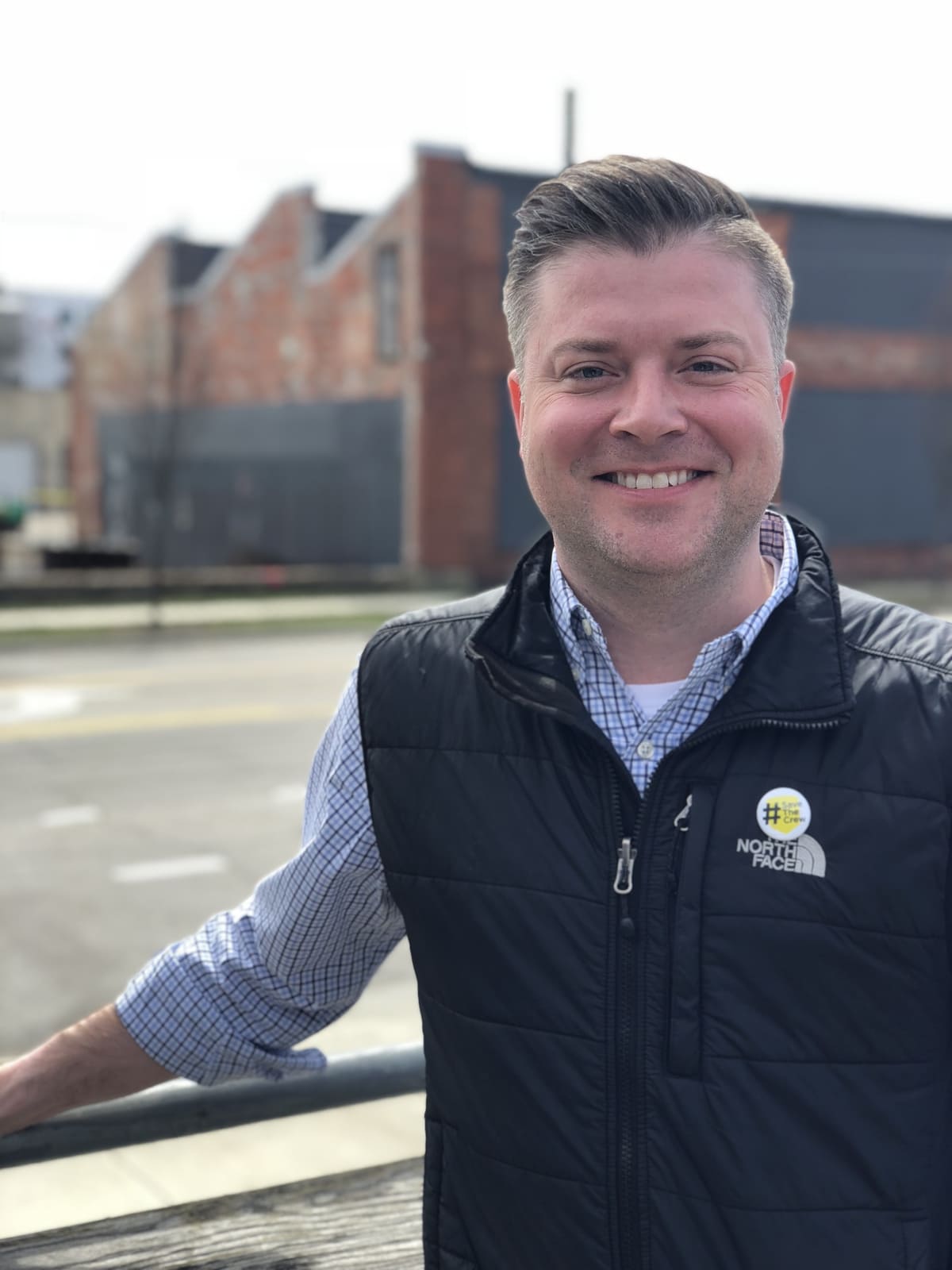
A chance encounter with a photographer led to Ryan Schick’s first photo credit in TIME magazine at 13 years old. His passion for photography and politics led him to pursue a degree in journalism at Indiana University, but his work alongside editors at the Republican and Democratic Conventions in 2000 helped him discover “stability in my personal and professional life” through editing. Schick says, “It was at that moment I put down the camera and picked up the loupe.”
Schick says photojournalism “afforded me with an extraordinary worldview.” But a confluence of events (promulgation of mistruths, training for a marathon while listening to SCOTUS oral arguments, marriage, and a layoff at Condé Nast Portfolio) made him reconsider what he calls “Adult 2.0.” Schick decided that to have the impact he wanted, he needed to become an attorney.
After moving to his wife’s hometown of Columbus, OH and earning a law degree, Schick had the opportunity to work for two mayors in the Department of Development. “I am currently working with public and private agencies to develop new funding mechanisms for our startups and other emerging businesses.”
His advice for current students is simple, “Take as many business and marketing classes that you can. Your work is a commodity and in this digital world, you are facing the equivalent of trying to attract assignments from editors while being on the floor of the Chicago Mercantile.” Schick preaches diversity and humility. “During my tenure in journalism, I saw too many photographers who were scraping by financially but for their own price would not fill their coffers by shooting [wedding or family photos],” he says. “It’s the little things that we have to do as adults that set apart those who hope for success, or make it for themselves.”
Will Schneekloth
Software Engineer, PhotoShelter
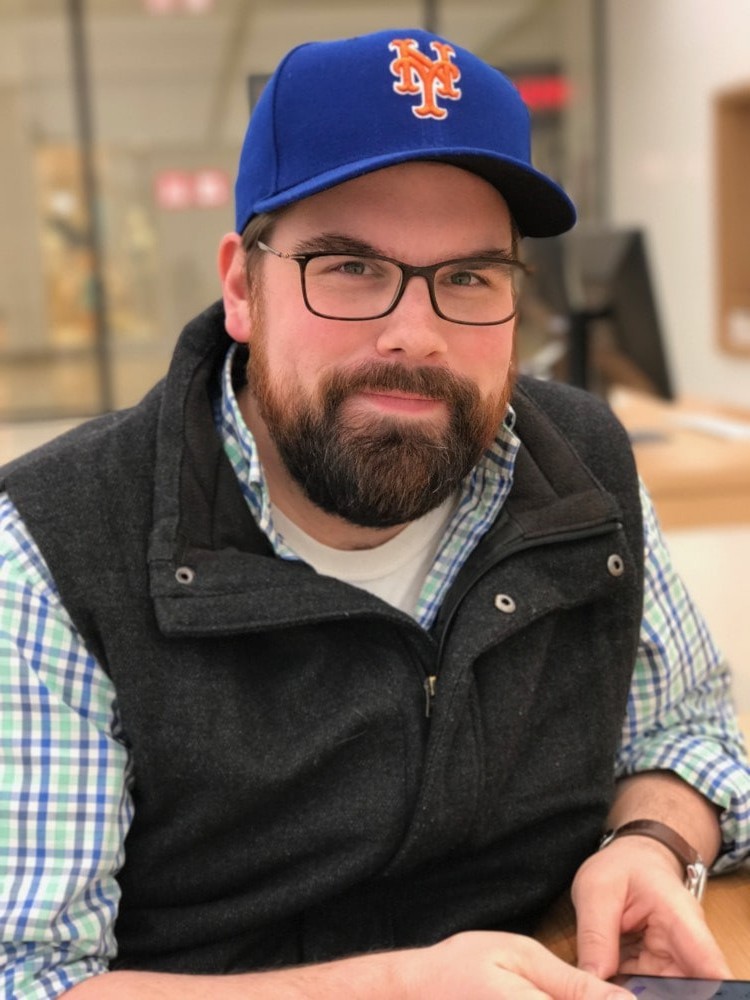
Will Schneekloth matriculated to Rutgers University with an interest in music education, but when his “love for photography and storytelling overwhelmed my dedication to music,” he made the switch to journalism. A keen eye led to regular freelance assignments for the local newspaper and the Rutgers Athletic Department, and like many photographers, Schneekloth dreamed of shooting for Sports Illustrated or traveling with the Formula 1 circuit.
After graduating, he worked as a freelancer, but Schneekloth “found it increasingly difficult to break through to ‘the next level’” given the NY Tristate Area’s glut of talented photographer. Nevertheless, he moved from a smattering of freelance jobs to working with Getty Images on their NASCAR coverage. The gig meant nearly 100 days per year on the road, and with a wife and baby on the way, Schneekloth started to reconsider his work/life balance.
After some serious self-study, Schneekloth was accepted into the Flatiron School’s Web Development Immersive program, and a few hundred hours of programming later, he found a software engineer job…at PhotoShelter. “It was really hard to give up ‘the dream’ of being a photographer,” said Schneekloth. “It’s the most fun job and I had unforgettable experiences when it was my full-time gig. For me it came down to priorities — the road to success I had found clashed with my ideal home life and my family is my top priority.”
Growing older and experiencing life has a way of shifting original dreams. “My dad has always recalled this quote: ‘Life is a series of adjustments’ – and that rings incredibly true for me,” says Schneekloth. “The other piece of advice is that there are other ways to be involved in the photo industry without being the one to make the pictures. I’ve found it even more rewarding to build the tool my photog friends and former clients rely on to get their jobs done, and it gives me a ton of satisfaction to still be involved in photography in this way.”
Chris Detrick
Head Brewer, To-be-named Utah Brewery
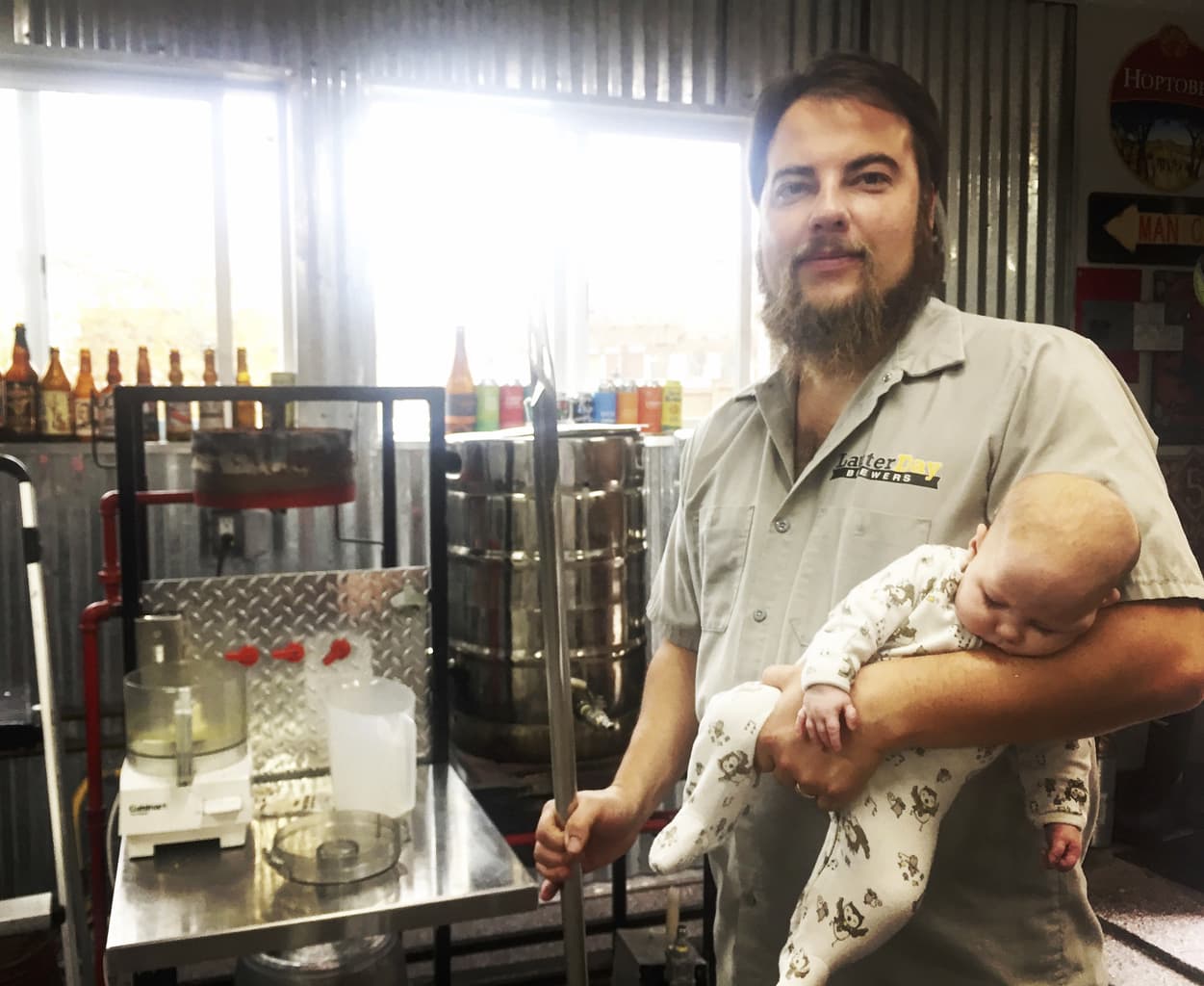
In some ways, it’s not surprising that Chris Detrick recently left his post as staff photographer at The Salt Lake Tribune after thirteen years. Detrick graduated with a degree in photojournalism from the University of Missouri, but started brewing beer in his college apartment “with a little beer kit on the stove.” Detrick says the first couple batches were “horrendously disgusting,” but his persistence led to an craftsman’s expertise and a love for the frothy brew.
While racking up awards for his photojournalism at the paper, Detrick continued to make beer – honing his style and gaining accolades along the way. In 2009, while experimenting with a coffee chocolate stout, Detrick switched his ingredients to Jack Mormon Coffee beans and “overnight that beer was phenomenally better.” He continued sharing his product with Jack Mormon which eventually led to a collaboration with Epic Brewing Co. Along the way, Detrick’s tasty brew earned him numerous state and national awards, and as uncertainty in the newspaper market around the country increased, Detrick started to consider the possibilities.
“If I got laid off,” he says, “I at least wanted to have a back-up plan, and start to prepare for life after newspapers.” A mutual acquaintance introduced him to his business partner, Mark Medura, a former VP of High West Distillery. As the potential to open a new brewery materialized, Detrick says “I couldn’t justify trying to split my time for either position.”
The choice to leave the world of photography was “agonizing.” Detrick says, “What I did for the last thirteen years is pretty much exactly what i dreamt of. I traveled the world, covered three Olympics, and had the privilege to tell great stories around the state.” But the opportunity to build something from the ground up was the right combination of enticement and excitement, so Detrick made the leap with the support of his wife Ashley.
Even with the upheaval in the photo business, Detrick advises students, “If that’s what they are passionate about, absolutely pursue it.” This seems to be the key to Detrick’s own career moves. He quips, “If I didn’t pursue this now, I would absolutely see regretting not taking this chance.”



